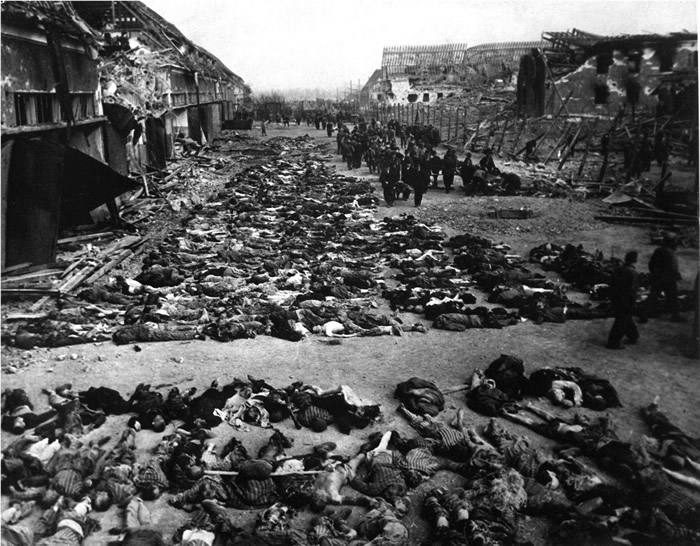Republished by Blog Post Promoter
When you become pregnant, you will inherit the financial and personal responsibility of supporting and caring for an infant human being for the next 20 years, at least. Your entire life will be changed, your freedom with disappear, financial and physical stress of parenthood will control your thoughts and activities. So, the next time you feel “horny”, remember that it may not be “you”…. It is more likely that the chemicals in your bloodstream produced by your endocrine system — testosterone or estrogen — are overwhelming your intelligence! Be prepared. Don’t ruin your life, and the lives of others. Use Birth Control!
According to a study published in 2011:
49% of the 6.7 million pregnancies in the United States each year (3.2 million) are unintended
Among women aged 19 years and younger, more than 4 out of 5 pregnancies were unintended.
The proportion of pregnancies that were unintended was highest among teens younger than age 15 years, at 98%.






